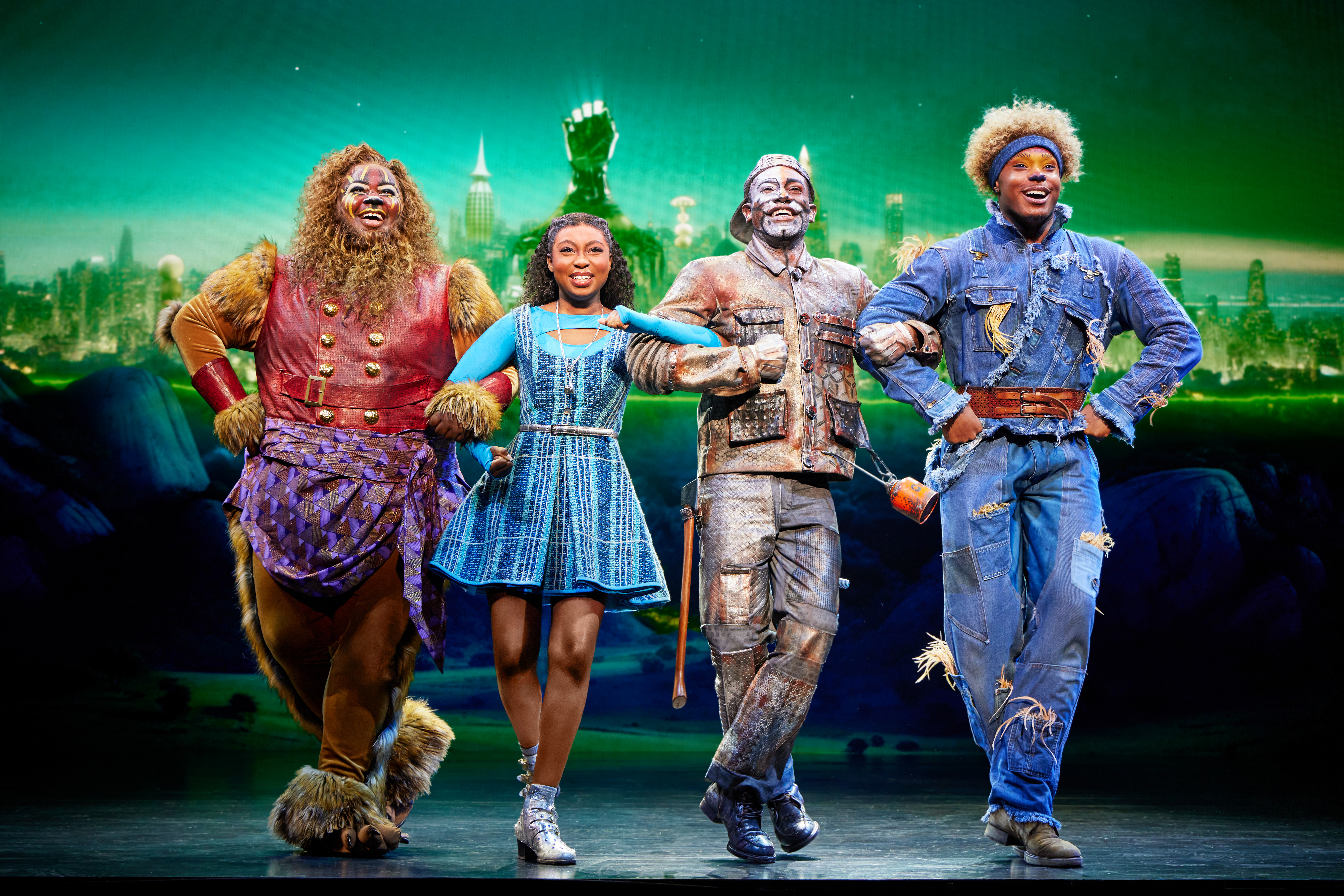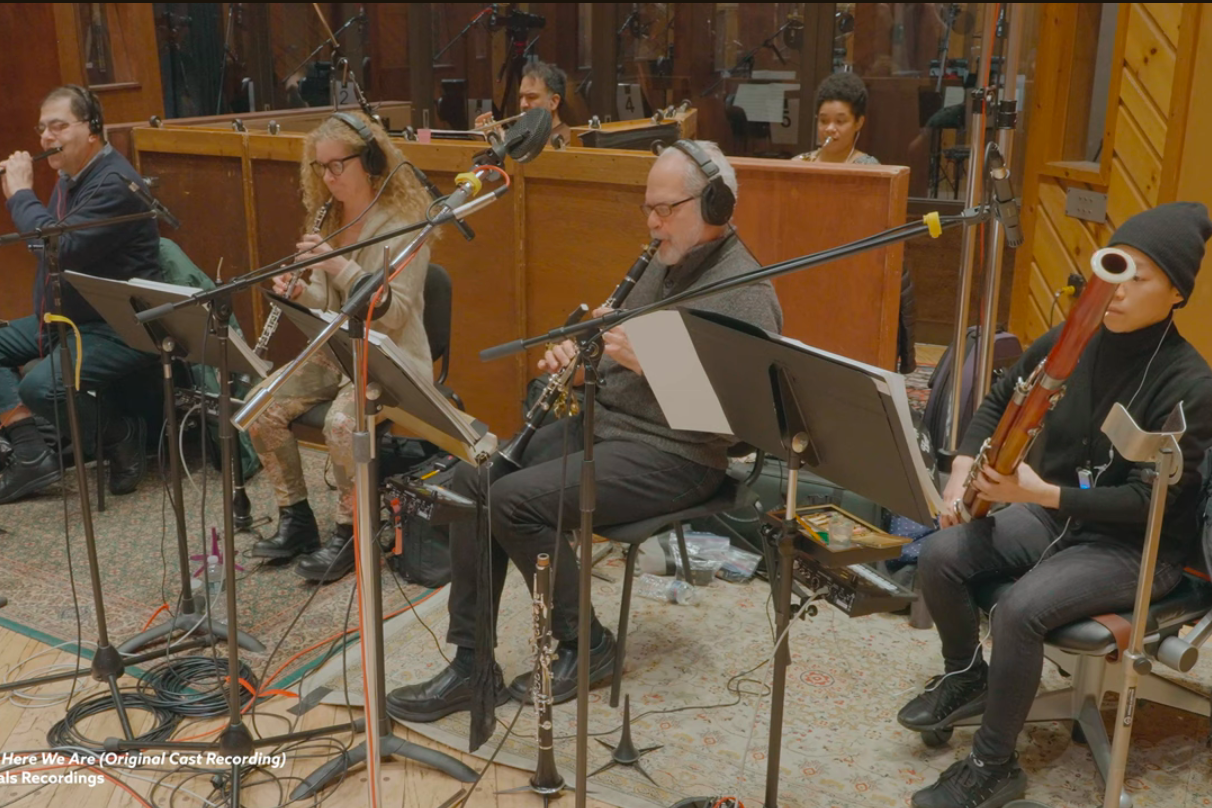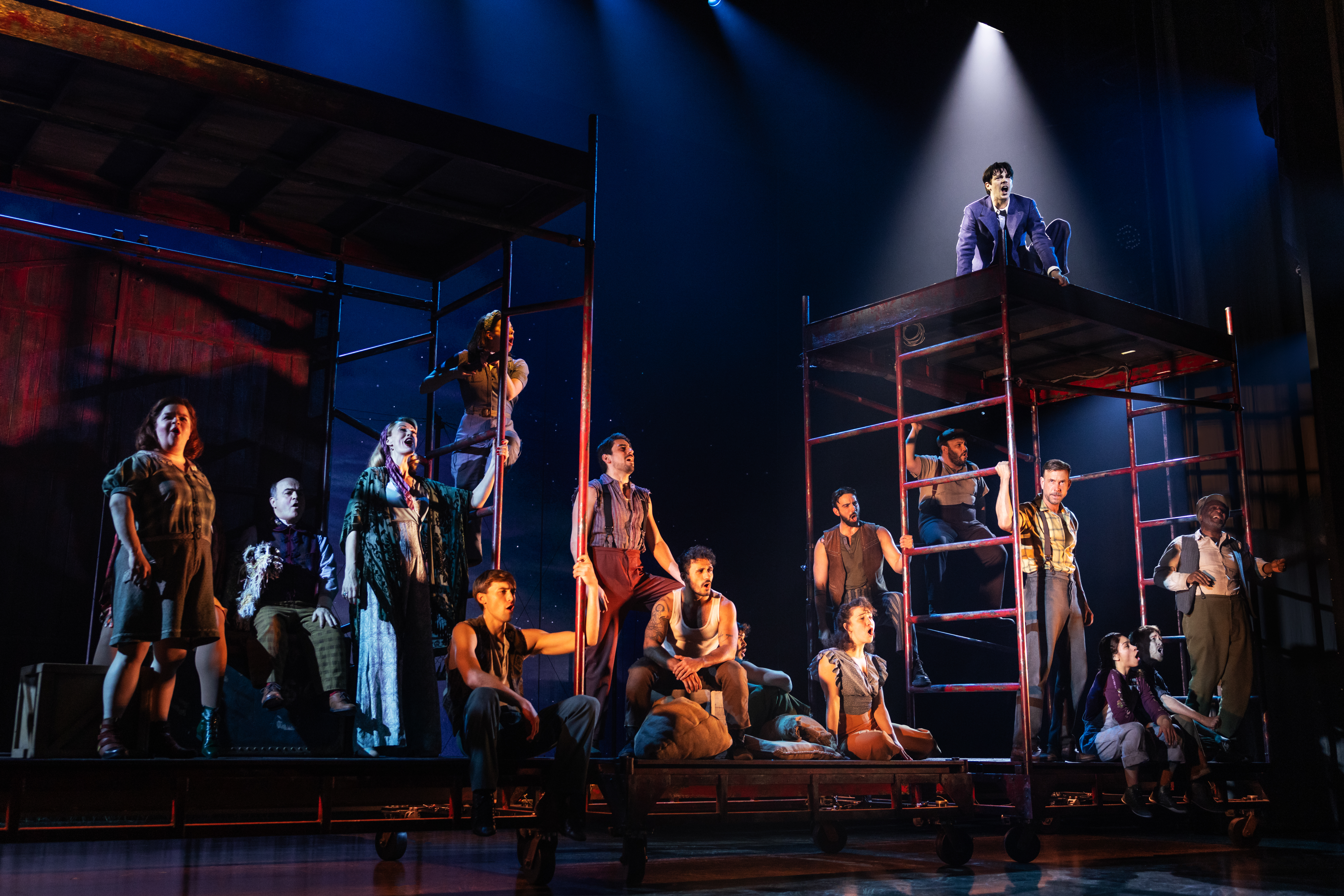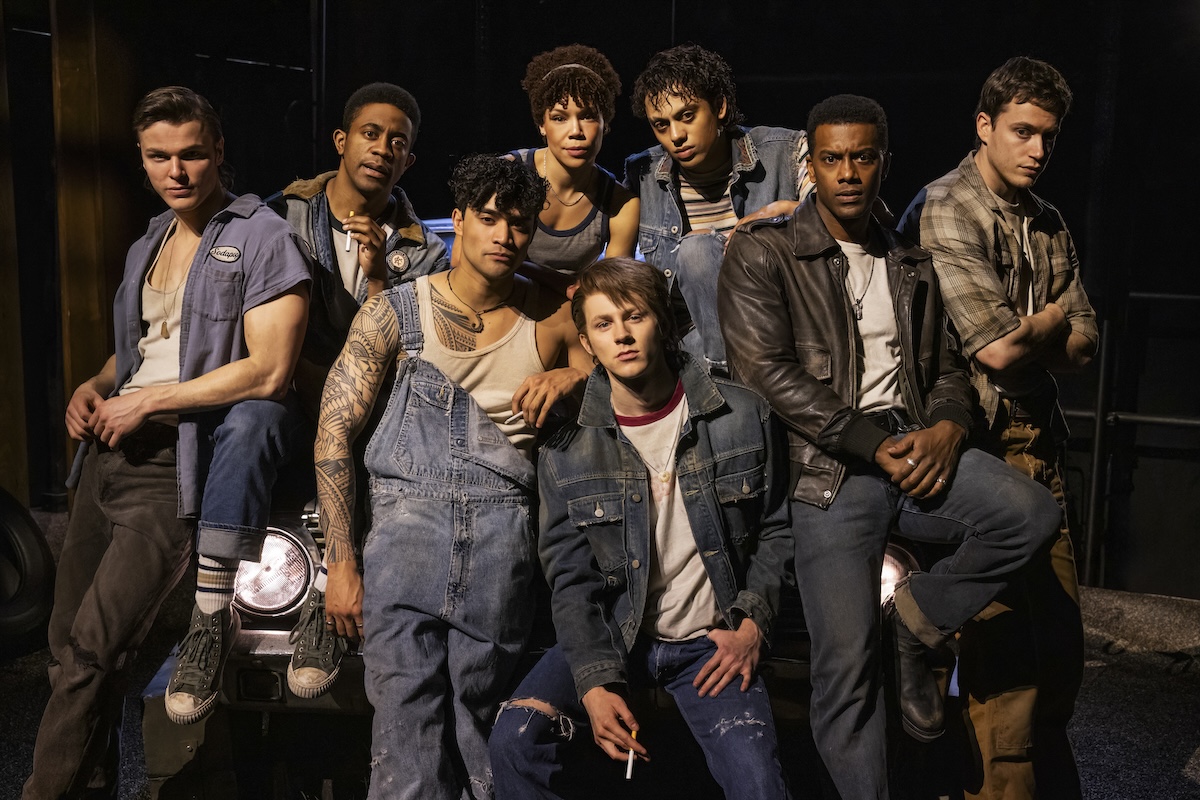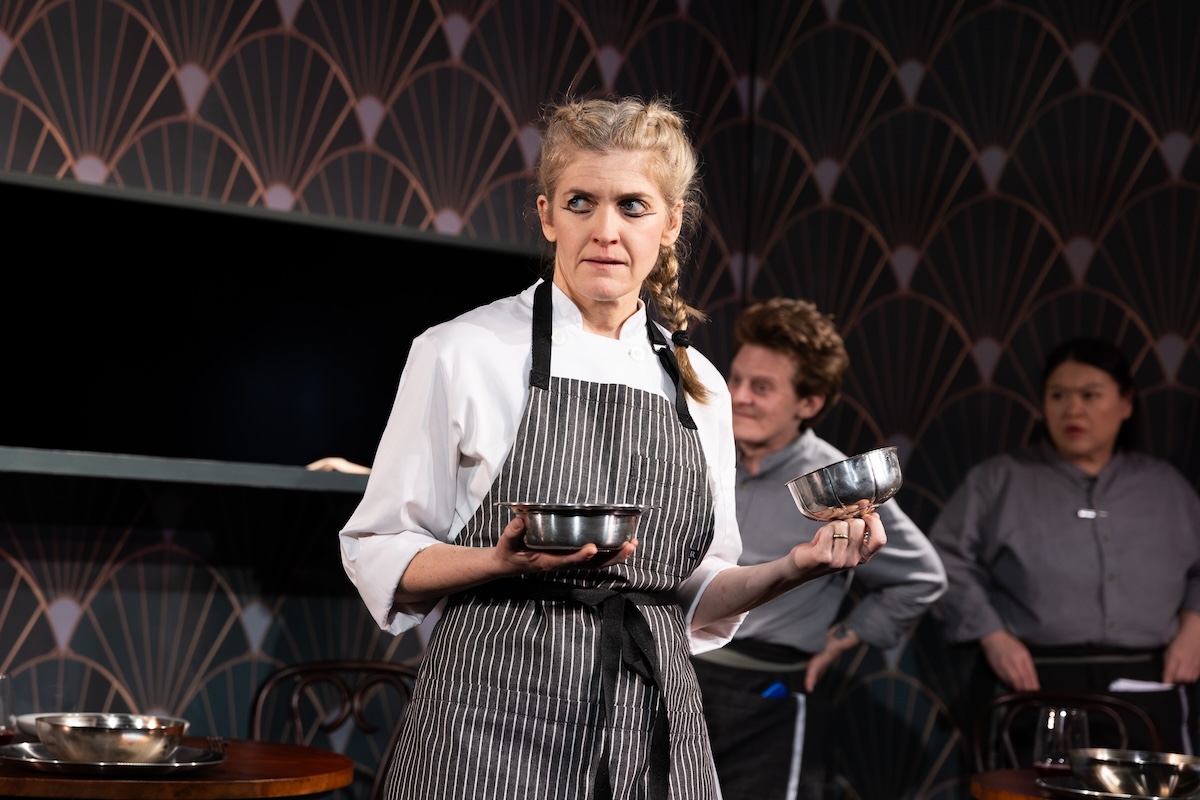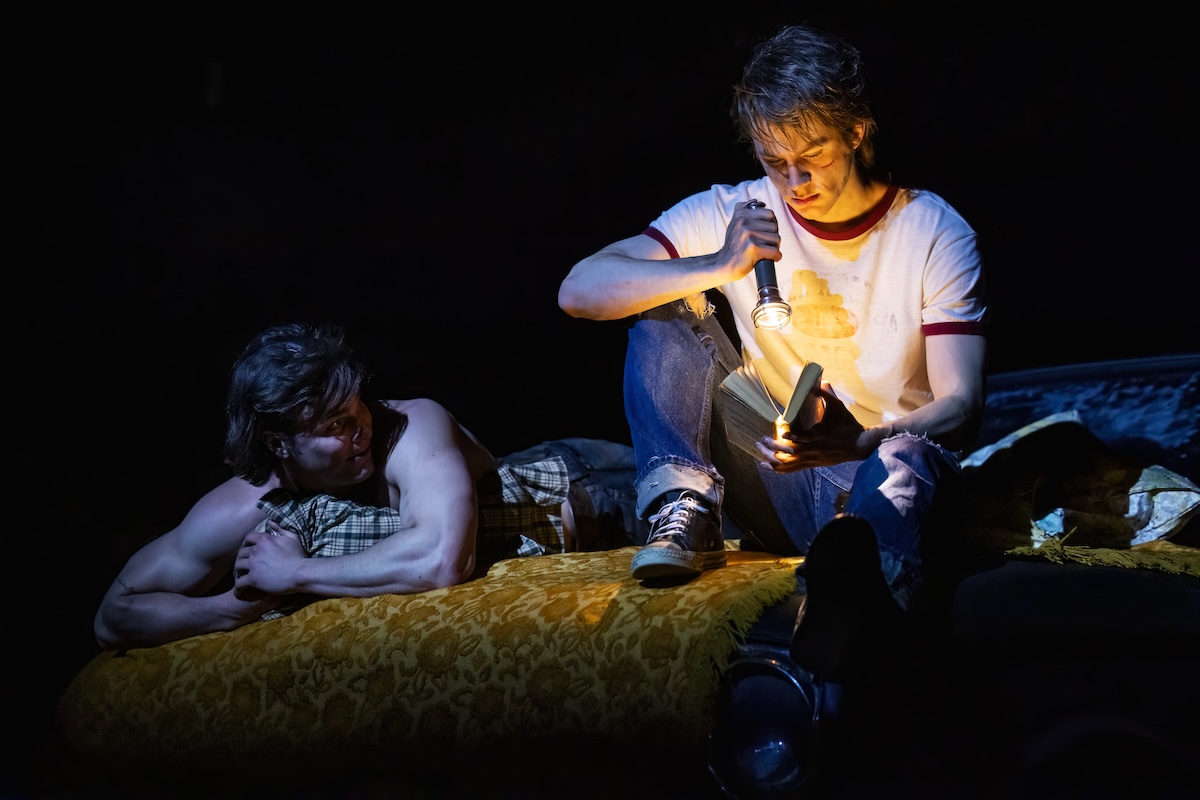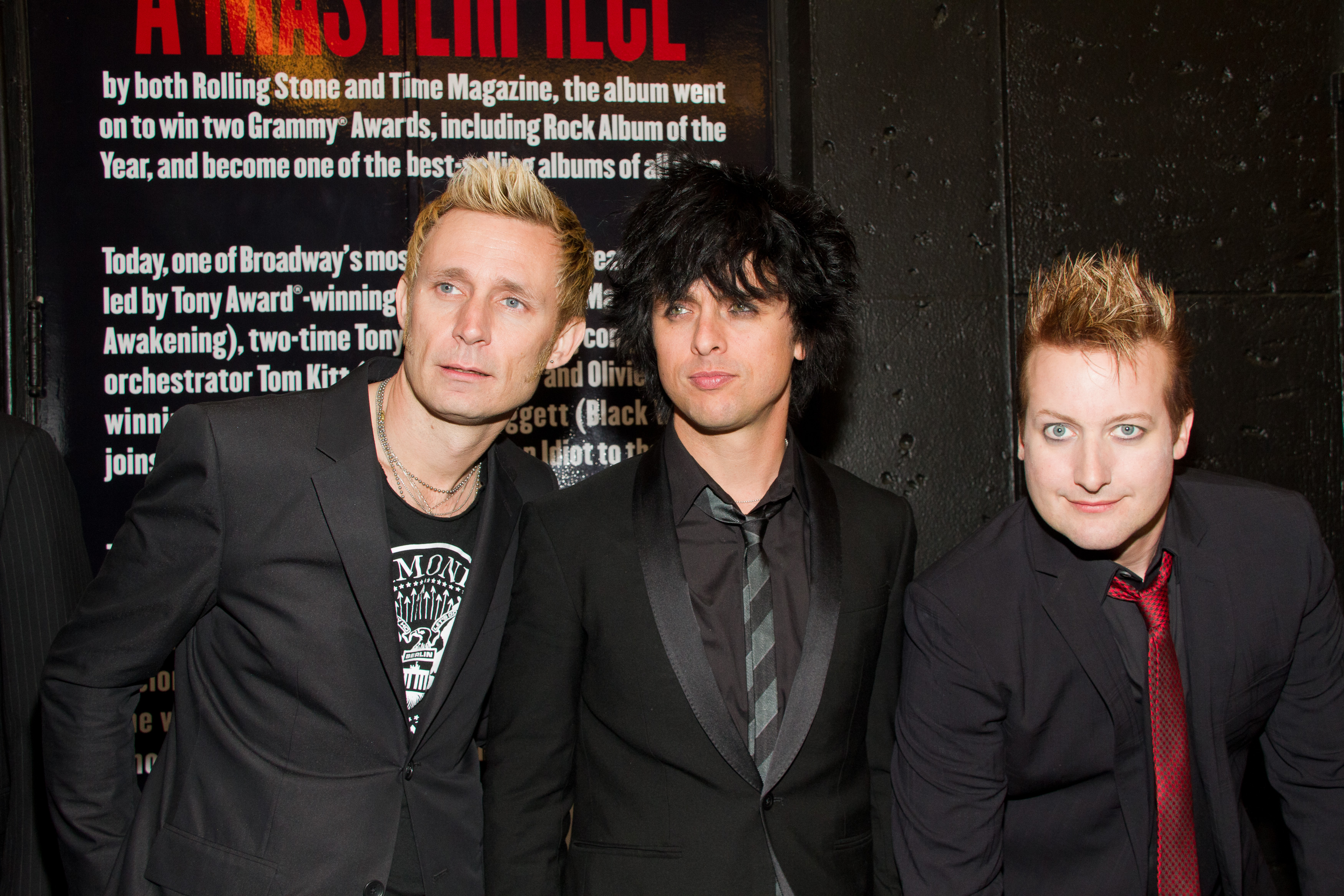Story of the Week: Everything We Know About Stephen Sondheim’s Final Musical, Here We Are
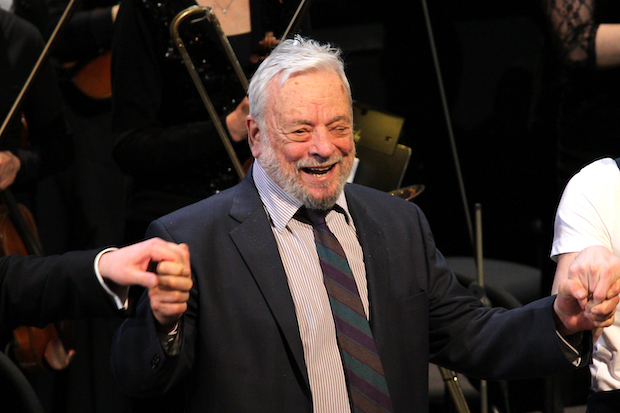
(© David Gordon)
Last week, we reported that Stephen Sondheim’s final musical will make its world premiere at the Shed in New York City. Titled Here We Are, it’s teed up to be the most significant off-Broadway musical of 2023. This Story of the Week will examine what we know about Here We Are, who’s involved, and the problems posed by posthumously presenting a new musical by one of Broadway’s most celebrated composers.
What is Here We Are?
The musical is based on two works by the Spanish filmmaker Luis Buñuel: The Discreet Charm of the Bourgeoisie and The Exterminating Angel. In a final interview with The New York Times, Sondheim said this about the plot: “The first act is a group of people trying to find a place to have dinner, and they run into all kinds of strange and surreal things, and in the second act, they find a place to have dinner, but they can’t get out.”
The book is by David Ives, who penned the book for the stage version of Irving Berlin’s White Christmas and has adapted the scripts of several beautiful yet problematic musicals for the Encores! series at New York City Center. He’s working with director Joe Mantello (Wicked) and lead producer Tom Kirdahy (New York, New York). No casting has been announced.
Sondheim first publicly discussed the Buñuel musical in 2014. In early 2021, he revealed that he was no longer working on it, but something must have changed over that summer, because by September he was telling Stephen Colbert (see above) that the musical, which he called Square One, would be ready for the 2022-23 season. He wasn’t far off: It’s set to open at the Shed this September (exact dates have not yet been revealed), a major coup for the upstart venue.
What is the Shed?
Opened in 2019, the Shed is a glittering new arts palace set within the Hudson Yards development on Manhattan’s west side. It features two levels of exhibition space as well as the 500-seat Griffin Theater on an upper level. Its most striking feature is a retractable shell that allows the building to expand to nearly twice its size (see video below), creating an even larger 1,200-seat theater called the McCourt. Here We Are will be in the Griffin, a more intimate space that has hosted most of its theatrical productions to date.
Those shows have run the gamut from celebrity vehicle to lavishly produced TED Talk to a somewhat ironic screed against gentrification. In hosting big-budget experimental fare and brainy London transfers, the Shed seems to be interested in occupying the same lane as St. Ann’s Warehouse and Park Avenue Armory (the Shed’s artistic director, Alex Poots, was artistic director of the Armory from 2012-15). The massive building suggests the Shed’s outsize resources and ambition — which has not exactly borne fruit just yet.
The venue’s first major hit came last fall with David Hare’s Straight Line Crazy, which, like The Lehman Trilogy before it, became the ticket to have for anyone with a Goldman Sachs expense account (the run sold out and resellers were charging hundreds of dollars above the sticker price). Following that 2022 success with another one in 2023 would do a lot to solidify the Shed’s reputation — but that all depends on how good Here We Are is, which prompts an uncomfortable question.
How do you mount a new musical when the composer is dead?
There’s a long tradition of presenting the unfinished work of noteworthy composers: Mozart famously died before completing his Requiem. And Schubert never got around to completing his 8th Symphony (more commonly referred to as the “Unfinished Symphony”). It would be hard to persuasively argue that these two remarkable works should have remained locked in desk drawers when they have astounded so many audiences. So why should it be any different for musical theater, a form that requires a larger circle of collaborators privy to the composer’s intentions?
The announcement of Here We Are comes at a time of renewed interest in Sondheim’s work, with high-profile revivals of Assassins, Company, Into the Woods, Sweeney Todd, and Merrily We Roll Along all gracing New York’s stages. These are well-known properties starring actors who have likely been singing the songs in the shower for years. But the presentation of a new Sondheim musical, without the composer around to offer his feedback on how the material should be performed, represents a distinct challenge.
Add to that the incomplete nature of the piece. It’s true with most writing that you never really finish, you just run out of time (Sondheim’s two books of lyrics are full of footnotes in which he second-guesses his choices, going so far as to offer revisions and ask for suggestions). But the extent to which Sondheim’s work on Here We Are (did he agree to this title?) was ready for public consumption is a question of some controversy.
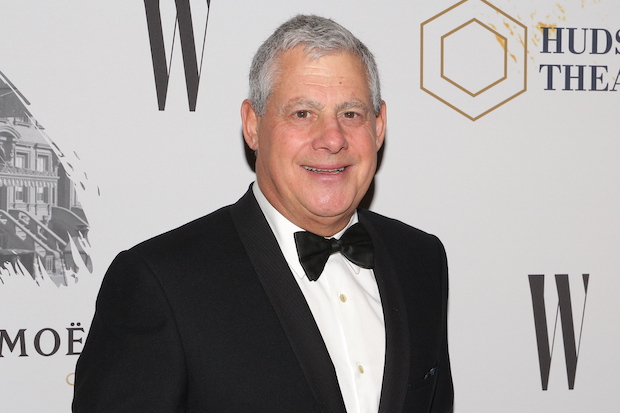
(© David Gordon)
In a recent interview, producer Cameron Mackintosh revealed that Sondheim had played the entire score over the phone to him on the Sunday before he died. In his estimation, the musical was only “50 or 60 percent finished,” which seems like a lot of unfinished work for the surviving creatives to massage into something presentable. No surrogate composer has been announced, meaning that what we hear onstage at the Shed is likely to be the late composer’s unadulterated last word. That Ives and Mantello feel comfortable moving forward suggests either extraordinary hubris or a score that is a lot more than 60 percent done.
It’s telling that Here We Are is going to the Shed and not cold-opening straight to Broadway, which would have been a justifiable choice for a new Sondheim musical. The creative team clearly wants to work out the material in front of a smaller audience before throwing Here We Are into Tony contention. Still, I suspect that is the eventual goal for Kirdahy, who so lovingly shepherded The Visit (the final collaboration between John Kander and Fred Ebb) to Broadway in 2015.
The whole situation makes me think about the recent off-Broadway presentation of Lorraine Hansberry’s The Sign in Sidney Brustein’s Window. Hansberry was severely ill with pancreatic cancer when the play’s Broadway premiere went into rehearsal and the shaggy three-hour runtime tells the story of a playwright who didn’t have enough time to sharpen her script into the dangerous dramatic blade it could have been. That doesn’t mean the play isn’t worth seeing: It brims with prescient insight and timeless provocation. The rough work of a risk-taking genius is usually more thrilling to behold than the beautifully polished product of a lesser writer who plays it safe. That’s why I’m eager to see Here We Are, even if it’s a fascinating mess.




